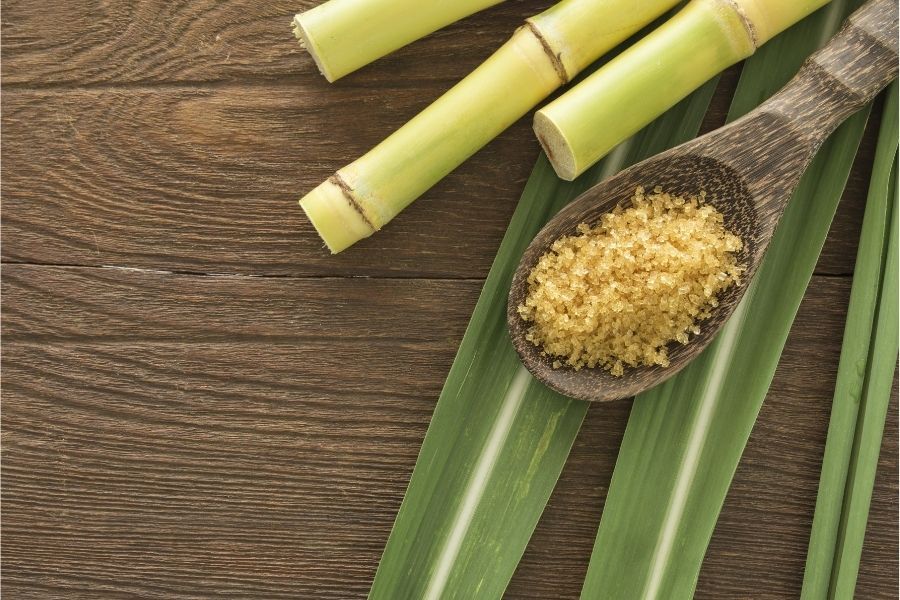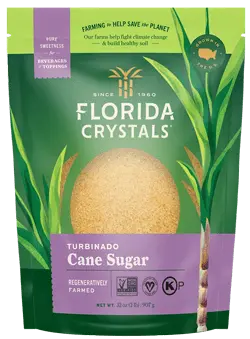Comprehending Cane Sugar Processing: A Comprehensive Overview of the Stages
Comprehending Cane Sugar Processing: A Comprehensive Overview of the Stages
Blog Article
Recognizing the Important Methods and Technologies Utilized in Modern Walking Cane Sugar Processing
The development of cane sugar processing has actually been considerably shaped by the integration of sophisticated strategies and modern technologies that resolve both effectiveness and sustainability. As we check out these critical improvements, it ends up being necessary to check out just how they not only enhance manufacturing but also straighten with wider sector trends and customer demands, elevating questions concerning the future of sugar processing and its ramifications for worldwide markets.
Historical Context of Cane Sugar Handling
The historic context of cane sugar handling reveals a rich tapestry of farming advancement and cultural exchange that has shaped its development over centuries. Stemming in Southeast Asia, sugarcane was grown as early as 8000 BCE - Cane Sugar Processing. The procedure of extracting and fine-tuning sugar obtained energy in India, where techniques for crystallization were perfected around the 6th century. This knowledge went across to the Center East, and by the 12th century, sugar came to be a valued commodity in Europe, causing the establishment of sugar vineyards in the Mediterranean.

Advanced Removal Methods
Efficiency in walking cane sugar removal has actually seen substantial developments, driven by the demand for greater returns and reduced manufacturing expenses. Traditional methods have actually developed, paving the way to innovative innovations that boost the effectiveness of the removal process. One notable innovation is the use of enzyme-assisted removal, wherein specific enzymes damage down cell walls and launch more sucrose from the walking cane fibers. This method not just boosts sugar yield yet also minimizes the energy required for processing.
Additionally, the adoption of membrane filtering modern technologies, such as nanofiltration and reverse osmosis, has actually reinvented the separation of sugar from impurities. These techniques allow for the selective permeation of sugar particles while retaining bigger pollutants, enhancing the extraction procedure and lessening waste.
Furthermore, the combination of constant extraction systems has brought about enhanced functional efficiency. Cane Sugar Processing. These systems preserve a constant circulation of walking cane material, ensuring optimal removal conditions and reducing downtime related to set handling
Ingenious Refining Technologies
Refining techniques in walking cane sugar handling have undergone a transformative change, driven by the demand for greater pureness and enhanced item high quality. One of the most noteworthy advancements is the adoption of membrane filtering innovations, such as ultrafiltration and nanofiltration. These procedures efficiently get rid of pollutants and colorants without the demand for considerable chemical treatments, thus maintaining the sugar's all-natural flavor and enhancing its allure.
Another significant improvement is using ion exchange materials, which enable for selective elimination of undesirable ions from sugar options. This technology not only raises the overall pureness of the end product but additionally adds to lowered waste and environmental influence.
Moreover, innovations in adsorption techniques, using activated carbon and other innovative materials, have actually confirmed reliable in decolorizing sugar solutions while maintaining optimal quality. The combination of these ingenious refining innovations ensures that suppliers can create polished sugar with superior quality and taste, satisfying the developing learn the facts here now choices of consumers.
Automation and Control Equipment
Recent improvements in refining modern technologies have led the way for significant renovations in automation and control systems within walking stick sugar handling centers. These systems use advanced software application and hardware to improve operational efficiency, decrease human mistake, and make certain constant item top quality.
Modern automation incorporates different components, consisting of sensing units, actuators, and programmable logic controllers (PLCs), enabling real-time surveillance and control of see here now critical processes. For example, circulation, stress, and temperature level prices can be precisely regulated during extraction, clarification, and condensation stages, enhancing efficiency and decreasing waste.
Furthermore, progressed data analytics and machine discovering formulas play a pivotal role in predictive maintenance, permitting operators to expect devices failures before they happen. This positive strategy not just minimizes downtime yet likewise expands the life expectancy of equipment.
On top of that, automation assists in the application of Sector 4.0 concepts, empowering sugar mills to accomplish better connectivity and data exchange across procedures. As an outcome, decision-making ends up being more active and informed, ultimately enhancing the total competition of cane sugar manufacturing. With these improvements, the industry is well-positioned to satisfy expanding international needs while keeping operational quality.
Sustainability Practices in Sugar Production
Sustainability techniques in sugar manufacturing have actually ended up being progressively essential as the industry looks for to balance financial stability with ecological responsibility. As customer understanding expands regarding the ecological impacts of agricultural methods, sugar producers are embracing cutting-edge methods to lower their environmental impact.
One significant strategy is the application of accuracy agriculture strategies, which use data analytics to maximize source use, such as water and plant foods. This minimizes waste and minimizes the influence on neighborhood ecosystems. Additionally, many producers are transitioning to eco-friendly energy resources, such as biomass from sugarcane byproducts, to power their operations, thereby decreasing dependence on fossil gas.
Water monitoring practices are likewise critical; rainwater harvesting and efficient irrigation systems help minimize water deficiency problems. Cane Sugar Processing. Additionally, integrated insect monitoring approaches decrease chemical use, advertising biodiversity and dirt health and wellness
Corporate social responsibility campaigns are emerging, with business spending in local areas and ensuring fair labor techniques. By embracing these sustainability practices, the sugar industry not only enhances its credibility yet likewise contributes to a much more sustainable agricultural landscape, leading the means for future generations.

Final Thought
In recap, modern-day cane sugar processing includes a range of innovative techniques and modern technologies that dramatically improve yield, sustainability, and efficiency. Collectively, these advancements like it position the cane sugar industry to satisfy contemporary needs while addressing vital worldwide obstacles.
The evolution of walking stick sugar processing has been substantially formed by the assimilation of sophisticated strategies and technologies that resolve both effectiveness and sustainability.The historical context of cane sugar processing exposes a rich tapestry of agricultural technology and cultural exchange that has actually formed its growth over centuries. Advancements in milling and refining arised, laying the groundwork for contemporary walking cane sugar processing.Refining techniques in walking cane sugar handling have actually undertaken a transformative change, driven by the demand for higher pureness and improved item top quality.In recap, contemporary walking cane sugar processing integrates a range of sophisticated strategies and technologies that dramatically improve sustainability, effectiveness, and yield.
Report this page